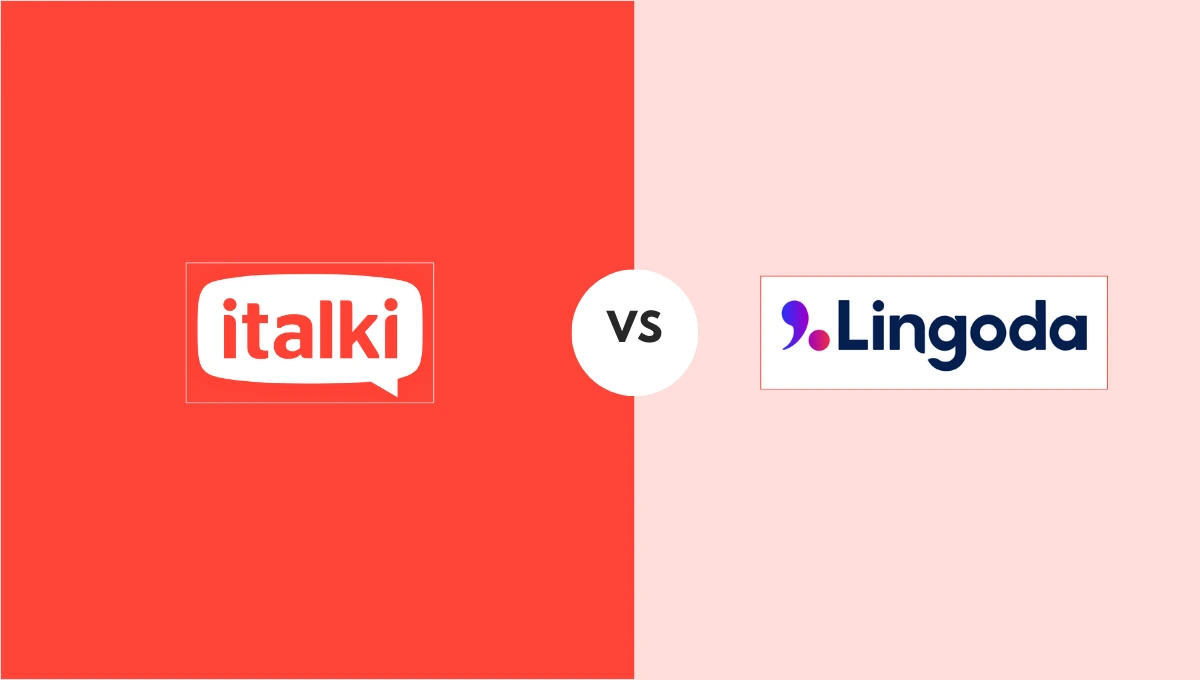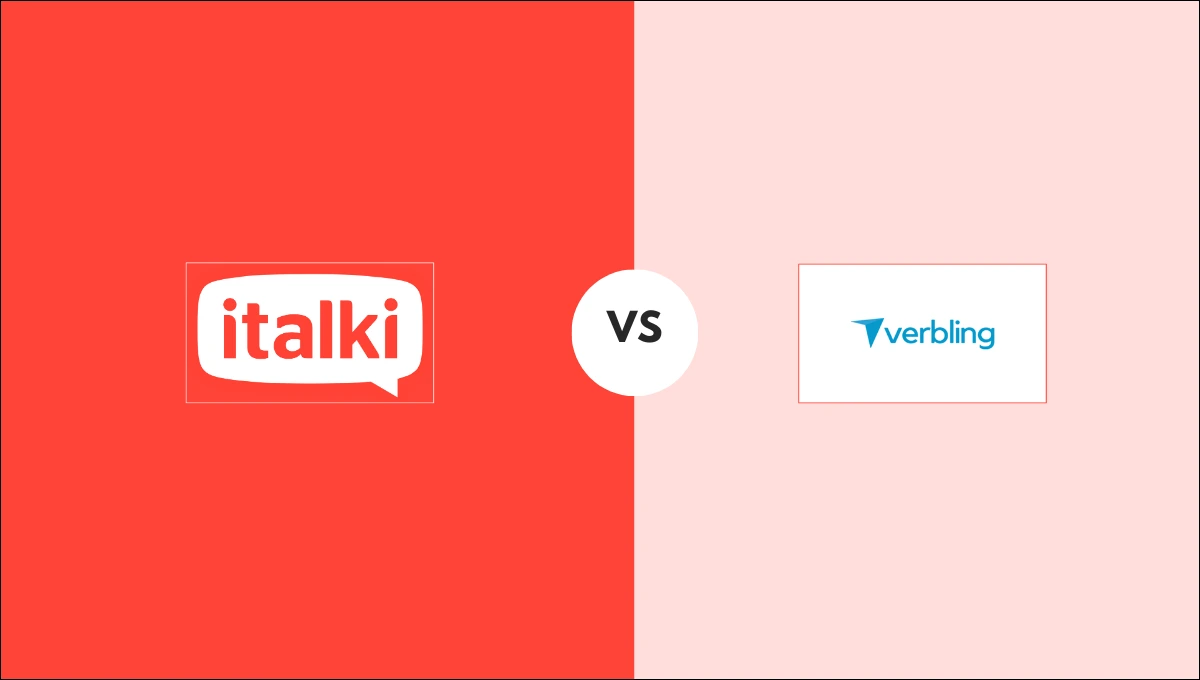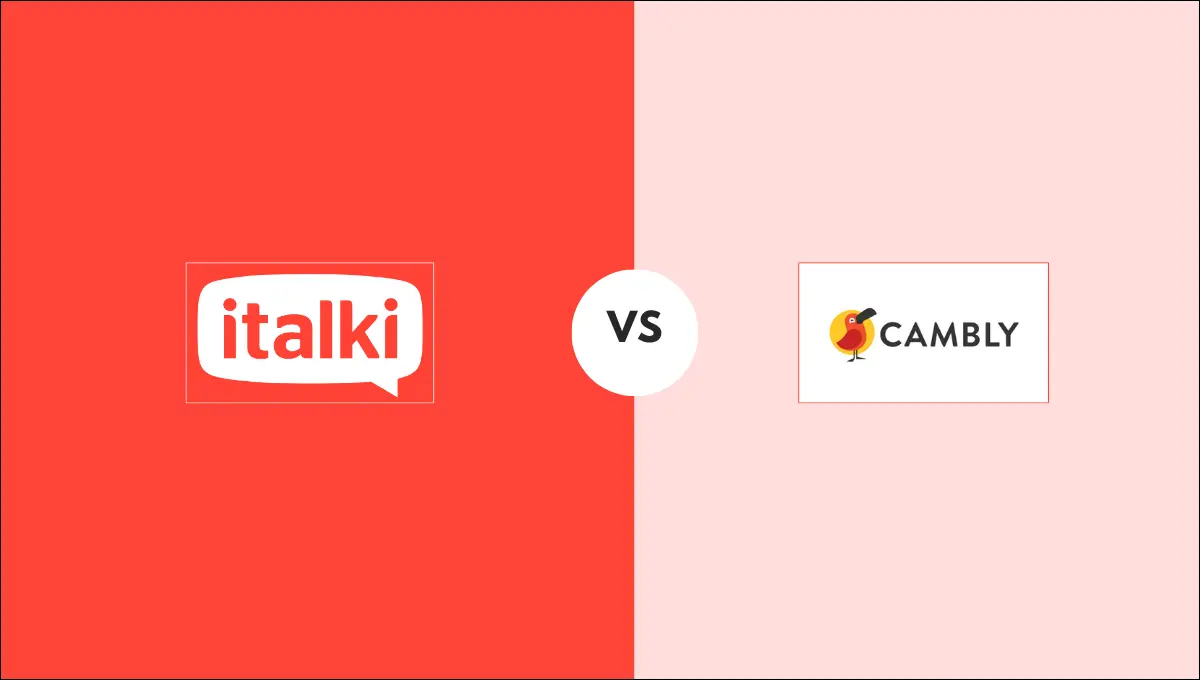Being able to converse and interact with other people in everyday situations is one of the most enjoyable aspects of learning a language. Learning how to say Have a good day in Spanish provides you with a simple expression that you will hear frequently and that you will use on a daily basis.
Whether you have just finished shopping and want to wish the cashier a good day as you leave, or you are greeting a friend or neighbor, knowing how to say have a good day in Spanish will improve your everyday interactions.
In this post, we will go over ten different ways to say “good day” in Spanish. Keep these expressions in mind if you want to send people your positive energy.
Learn different phrases for “have a good day in Spanish”
1. Que tengas un buen día, Que tenga un buen día
This is the most common way to say good morning in Spanish. Because the verb tener means “to have” in Spanish, this expression literally translates as “May you have a good day.” Another common variation is que tengas una buena dia, which omits the indefinite article un.
This expression can be used in a variety of situations, such as wishing a friend a good day as you part ways. Que tengas un buen dia is the version for addressing someone you know, whereas que tengas un buen dia is the version for addressing someone more formally with usted.
For example:
– ¡Adiós, querido! Ya me voy. / ¡Adiós! Que tengas un buen día. – Bye, darling! I’m leaving now. / Bye! Have a good day.
– Aquí está su paquete, señora. / Gracias, que tenga un buen día. – Here’s your package, ma’am. / Thank you, have a good day.
There are many benefits of learning Spanish but, one of the biggest ones is to learn to greet people with politeness and kindness. Spanish people are known for their polite gestures. Learning to say ‘have a good day’ in Spanish will help you develop some good cordial relationships.
2. Que tengas un bonito día, Que tenga un bonito día
So, how do you say “Good day” in Spanish? Que tengas un bonito día is probably the closest expression. It literally translates as “have a lovely day,” so a common variant substitutes bonito for its synonym lindo, both of which means “pretty” in Spanish: que tengas un lindo dia. As with the previous expression, another variant omits the indefinite article: que tengas una bonita dia. Pay attention to the level of formality to choose between the tú and usted options.
For example:
– ¡Qué bueno fue verte! Tenemos que volver a salir pronto. ¡Adiós! / ¡Lo mismo digo! Que tengas un bonito día. ¡Hasta pronto! – It was so good to see you! We have to go out again soon. Bye! / I say the same! Have a nice day. See you soon!
3. Que pases un buen día, Que pase un buen día
This option is similar to the first but with a minor verb change. Pasar means to spend [time], so instead of wishing someone a good day, we wish them a good day to spend. This still best translates as another version of have a good day in Spanish in English. Like the other two, we can omit the indefinite article: que pases bien.
For example:
– ¡Chao, Joana! Nos vemos. / ¡Nos vemos! Que pases un buen día. – Bye, Joana! See you. / See you! Have a good day.
– Adiós, doctor. Que pase un buen día. / Hasta mañana, Ramírez. Igualmente. – Goodbye, doctor. Have a good day. / See you tomorrow, Ramírez. Same to you.
You can also learn to say good afternoon in Spanish as these expressions are quite common to greet people in the middle of the day. Learning them allows you to keep your conversations open with the people around you.

Learn Spanish on italki
Join the global community of language learners today! Sign up for italki and start improving your language skills with native-speaking teachers from around the world.
Create an italki account
4. Que pases un bonito día, Que pase un bonito día
The literal translation is “May you have a lovely day,” but in English, it is best interpreted as “have a lovely day.” The rules for formality and dropping the indefinite article apply here as well.
For example:
– ¡Feliz cumpleaños, Julieta! Que pases un bonito día. / ¡Muchas gracias, Sofi! – Happy birthday, Julieta! I hope you have a nice day. / Thank you, Sofi!
– Gracias por visitar nuestro museo. Que pase un bonito día. – Thank you for visiting our museum. Have a nice day.
5. Buen día
This expression translates directly as “good day,” and while it’s most commonly used as a greeting, it can also be a quick way to say “have a good day” in Spanish. In fact, buen da is a contraction of que tengas un buen da.
There is no distinction between tú and usted because there is no verb. It’s a more casual expression, but it’s still a little formal to use with family and friends.
For example:
– Gracias por la información. Buen día. / A su servicio. Hasta luego. – Thank you for the information. Good day. / You’re welcome. See you later.
– Hasta mañana, jefe. Buen día. / Buen día para ti también. Adiós. – See you tomorrow, boss. Good day. / Good day to you too. Goodbye.
6. Bonito día, Lindo día
These are some other short and formal expressions to wish someone a good day in Spanish, similar to the previous one. Similarly, they are shortened versions of the two versions of que tengas un bonito dia that we mentioned earlier. Both abbreviated versions, bonito da, and lindo da, are used interchangeably.
For example:
– Muchas gracias por su compra. Bonito día. / A usted. Igualmente. – Thank you for your purchase. Have a nice day. / Thanks to you. Likewise.
– Hasta luego, señora Miriam. Ya llegó mi taxi. / Hasta luego, Diana. Lindo día. – See you later, Mrs. Miriam. My cab is here. / See you later, Diana. Have a nice day.
7. Feliz día
Feliz da literally translates to “happy day.” This expression is most commonly used in retail contexts as a farewell after a transaction has been completed, as a short and sweet alternative to thank you and have a nice day in Spanish. It’s less common to hear feliz dia in contexts other than retail, but it’s still an option.
For example:
– Muchas gracias por la comida, estuvo deliciosa. / Estamos para servirle. Feliz día. – Thank you very much for the meal, it was delicious. / At your service. Have a nice day.
8. Que estés bien, Que esté bien
This phrase translates directly as [I hope] you will be fine, or simply as be fine. Although this isn’t strictly another way of saying “have a good day” in Spanish, it’s still a way of wishing someone well that’s usually used as a farewell.
The level of formality varies between the tú and usted forms: que tú estés bien for peers, or que usted esté bien in formal interactions.
For example:
– Chao, Mariana. Tengo que ir a casa a cuidar a mi hermano. / Chao, Natalia. Que estés bien. – Bye, Mariana. I have to go home to babysit my brother. / Bye, Natalia. Be well.
Learn Spanish greetings with italki
If you want to learn Spanish online, we have a course recommendation for you. Go check out italki to find highly experienced and professional Spanish teachers who will make you learn Spanish words, pronunciation, greetings, and expressions right from the start.

Find Your Perfect Teacher
At italki, you can find your Spanish tutor from all qualified and experienced teachers. Now experience the excellent language learning journey!
Book a trial lesson
Visit the website, select the instructor of your choice, book your lessons, and start learning Spanish. No matter, if you have prior exposure to the language or not, this learning platform will develop your language expertise at a gradual pace.
Frequently asked questions
Q. How to say ‘have a good day’ in Spanish casually?
A.¡Buen día!
Q. How do you respond to Hasta La Vista?
A. You can reply with “hasta luego” or a simple “adiós”.
Q. How to say Good afternoon/evening in Spanish?
A. Buenas tardes
Conclusion
We learned that que tengas un buen día is the most common way to say have a good day in Spanish. But, you now have many other expressions to send your good wishes to people.
We also recommend you learn Spanish words for good luck, as these are very common phrases used daily.
Ready to actually use these in conversations? Spanish lessons online with a Spanish tutor will show you which expressions locals use most and help you sound warm, not awkward. Book your first lesson and start speaking Spanish that connects.
Want to learn a language at italki?
Here are the best resources for you!



















